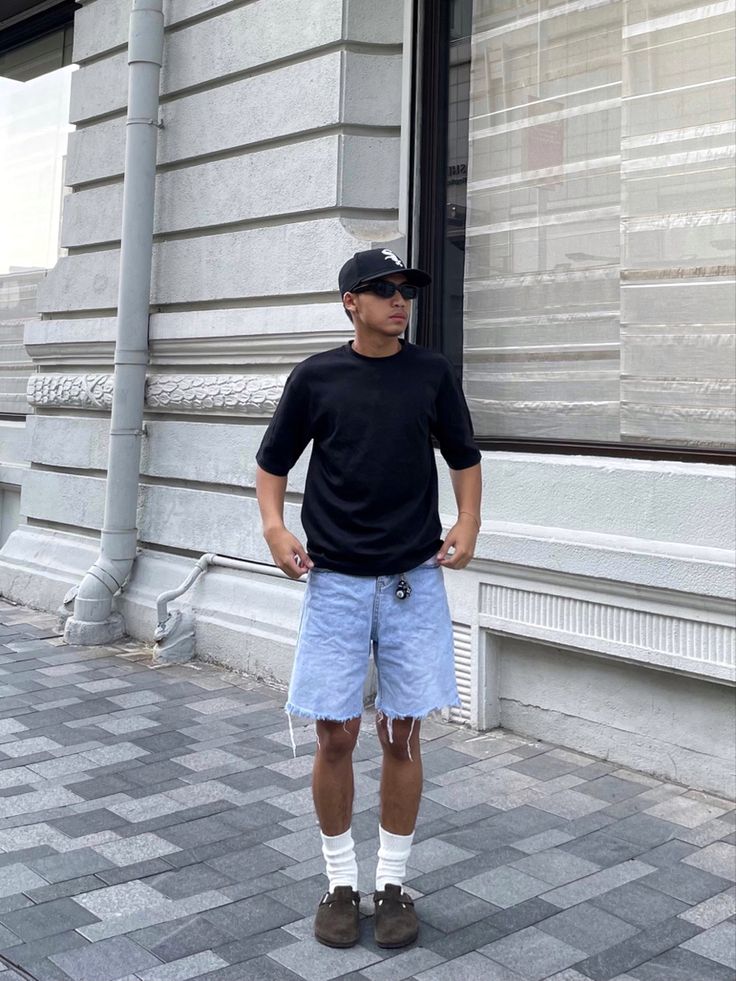Introduction
The boundaries between digital and physical worlds are dissolving, and nowhere is this transformation more visible than in the evolution of fashion. In 2025, the rise of MetaFashion has redefined how we conceive, create, and consume style. No longer confined to tangible fabrics or traditional retail, fashion now thrives across realities—manifesting in pixels, code, avatars, and smart materials. This convergence has given birth to a new cultural and creative phenomenon: the seamless shift from virtual to physical, and back again.
MetaFashion is not a passing trend; it is a paradigm shift. Empowered by blockchain technology, virtual economies, and immersive platforms like the metaverse, designers and consumers alike are exploring fashion as identity in motion. Users no longer merely wear clothing—they embody it across realities, expressing themselves through digital skins, augmented accessories, and physical garments inspired by virtual forms.
This article delves into the cultural, technological, and aesthetic revolution of MetaFashion in 2025. We explore how digital design fuels real-world innovation, how avatars have become fashion icons, and how brands, creators, and wearers are redefining authenticity, ownership, and style in an interconnected age. From gaming aesthetics to AI-generated couture, this is the story of how fashion in 2025 escaped the physical and found new life in the digital.
The Birth of MetaFashion: Merging Code with Couture
In the early 2020s, digital clothing existed largely as novelty. But by 2025, it has matured into a legitimate industry with its own design language, commercial models, and cultural influence. MetaFashion began with the rise of NFTs and virtual platforms like Decentraland, Roblox, and Zepeto, where users purchased digital outfits for avatars. Initially perceived as aesthetic add-ons, these pieces became status symbols, limited-edition collectibles, and even investment assets.
What fueled this transition was a growing appetite for self-expression in the digital sphere. As our lives became increasingly screen-based, so too did our identities. Fashion designers began experimenting with 3D rendering, augmented reality, and blockchain smart contracts to create garments that could exist exclusively online or transition into real-world versions. This interplay gave rise to hybrid fashion—where a user might wear a physical hoodie embedded with an NFC chip, and unlock its virtual twin in their avatar’s wardrobe.
The MetaFashion movement is rooted in creativity without physical constraints. Gravity, seam allowances, and fabric limits are irrelevant in virtual realms, allowing designs that defy physics and push imagination to its limits. Meanwhile, these digital innovations feed back into physical design studios, influencing silhouettes, colors, and textures on runways and retail floors.
From Avatars to Icons: Digital Identity as Style Frontier
In 2025, avatars have become as fashion-forward as humans. Whether on social media, gaming platforms, or metaverse environments, digital personas serve as dynamic extensions of the self. These characters aren’t just controlled by users—they express their mood, identity, creativity, and aspirations. What they wear becomes a statement, a performance, and a visual fingerprint.
As avatars rise in cultural relevance, they have also become muses and models. Digital influencers with millions of followers now collaborate with top brands, launching exclusive collections that exist first in virtual space. The impact is twofold: fashion becomes more inclusive, as anyone with internet access can participate, and it becomes limitless, unbound by traditional material limitations.
The popularity of wearable skins, augmented body mods, and customizable looks reflects a shift in where fashion resides. It is no longer only about what we put on in the mirror, but also how we appear in digital worlds where we play, socialize, and work. In 2025, the avatar is not just a reflection. It is a version of the future self, fully styled.
Digital-to-Physical Design: Reverse Influence and Reality
One of the most intriguing aspects of MetaFashion in 2025 is the feedback loop it has created. Traditionally, fashion design moved from sketch to sample to shop floor. Today, the process often begins digitally. Designers use virtual tools like CLO3D, Marvelous Designer, and AI generators to conceptualize collections entirely online. These digital blueprints are then adapted into physical garments.
This reverse influence has streamlined production, reduced waste, and opened the door to radical experimentation. Virtual try-ons, AR fittings, and digital showrooms enable designers to gauge audience reactions before investing in physical inventory. Data-driven design powered by social feedback loops means collections evolve in real time, responding to consumer tastes instantly.
Even mainstream fashion houses now launch collections in parallel digital and physical formats. A buyer might wear a dress in Fortnite while its real-world counterpart is being tailored. This fusion redefines what it means to own fashion. It is not about the garment alone but the experience surrounding it—the story, the environment, and the emotion.
Conclusion: A Reality Rewritten in Fabric and Code
The rise of MetaFashion in 2025 represents more than a tech-driven evolution. It is a reimagining of identity, ownership, creativity, and expression. By blending virtual potential with physical presence, this new frontier has expanded the canvas of fashion far beyond traditional borders.
As designers experiment across dimensions, as consumers adopt avatars as personal stylists, and as brands embrace immersive storytelling, one truth is clear: fashion no longer lives solely on the body. It exists in layers of pixels, purpose, and play. What we wear is no longer limited to what we touch—it’s shaped by the world we navigate, the personas we craft, and the futures we envision.



